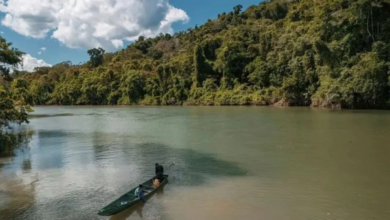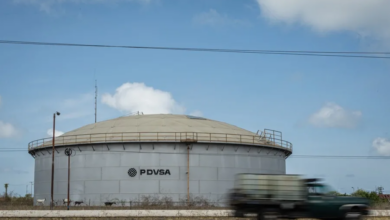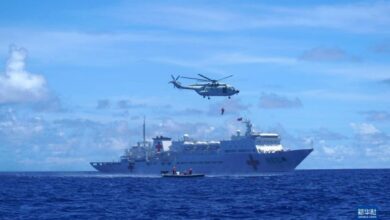Across the ocean: New associate members of the Pacific Alliance
Four new states have joined the bloc representing the ever-growing international economic integration with Latin America

During the last summit of the Pacific Alliance, an array of new integration and cooperation mechanisms arose. Among the new cultural, economic, commercial, and social policy innovations agreed upon during the meeting, the already members of the bloc gave place to four new associate states; a complete “new chapter in the Alliance’s history” according to Colombian President Juan Manuel Santos.
Said new associate countries also have shores on the Pacific Ocean, like Canada, the northernmost American country, while the rest of them are to be found across the Pacific; Singapore, Australia, and New Zealand were eager to join the Alliance.
For Mexico, Peru, Chile, and Colombia this new cooperation mechanism opens up the possibility of conjointly negotiating trade deals with third party nations outside of the Alliance favoring the exchange of goods, services, and investment. For the new associates, the deal opens up a large market and economic growth.
One thing that can be easily observed is that within the Pacific Alliance most of its member counties and new associate states are fast growing and likeminded economies that are committed to open markets and free trade; middle range political powers in the world and big powers in their regions.
For countries like Australia, steps like this ratify their interest in Latin America, the Pacific Alliance specifically, both individually and collectively, and the not yet ratified Trans-Pacific Partnership are examples of this. Tightening links between members of the TPP following the withdrawal of the United States is a way of expressing interest in cooperation and trade while maintaining the advances gained from the previous negotiations.
By making trade easier among associate countries and members, each side will serve as a bridge between different continents and markets. As Todd McClay, Minister of Trade of New Zealand expressed, his country has multiple trades with different Southeast Asian nations, and by facilitating trade between Latin America and New Zealand, exports of the region will have an open access to said markets and likewise.
All of these agreements have taken place in an unfriendly international context for integration, and as Michelle Bachelet, President of Chile, has said, “these steps reaffirm the Pacific Alliance’s commitment towards cooperation, free trade, and incorporation”. Although it hasn’t been easy, while various partnerships have already been settled, the Pacific Alliance still has some pending issues with two other potential partners, Panama and Costa Rica, whose accession as full members of the bloc has been postponed with no real advances on the matter.
Latin American Post| Paola Pabello
Copy edited by Susana Cicchetto





